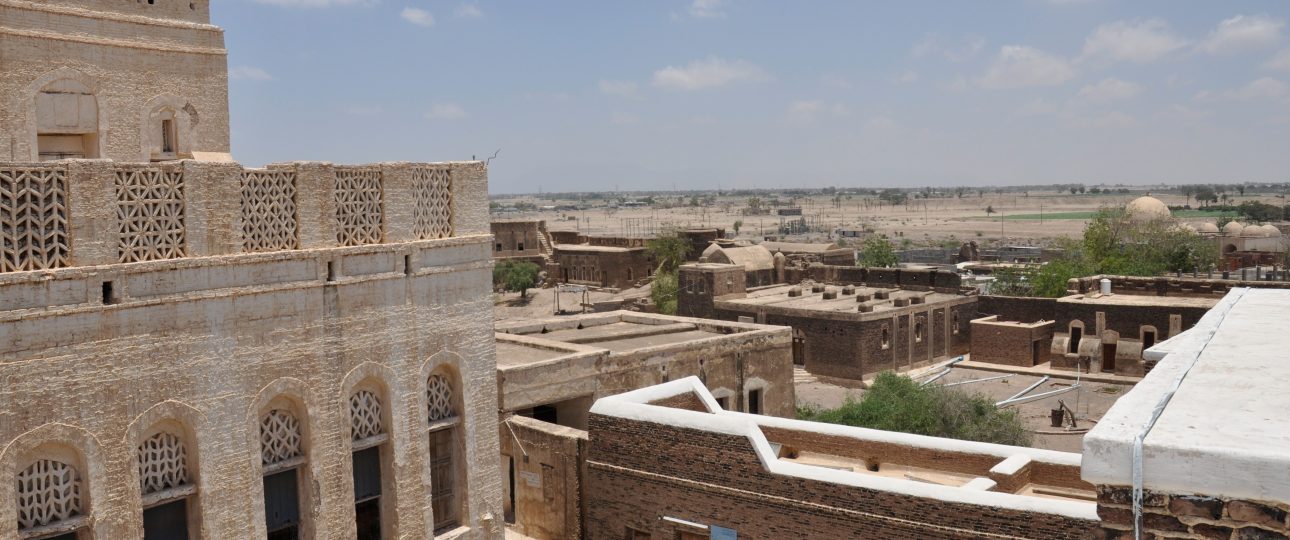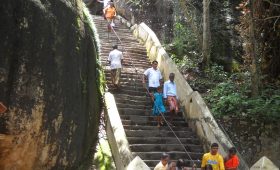Exploring Zabid, Yemen
Zabid, Yemen, offers a fascinating glimpse into the past with its rich history and unique architecture. Located in the Tihama region on Yemen’s western coastal plain, this town is a UNESCO World Heritage Site, recognized for its historical significance and cultural heritage. Despite modern challenges, Zabid remains a compelling destination for those interested in history and architecture.
Historical Significance
Zabid’s history dates back to its founding around 820 by Muhammad ibn Abdallah ibn Ziyad, under the Abbasid caliph al-Ma’mun. It served as the capital for several dynasties, including the Ziyadids, Najahids, and Mahdids. The town was a center of Islamic learning, with its mosques, such as the Al-Asha’ir Mosque and the Great Mosque, playing pivotal roles in education and religion. During the Rasulid dynasty, Zabid was a winter residence for rulers, boasting numerous palaces, gardens, and religious institutions. Even today, it reportedly has the highest concentration of mosques in Yemen.
Architectural Highlights
As you walk through Zabid, you’ll encounter traditional Yemeni architecture, characterized by intricately carved wooden doors and historic mosques. The Al-Asha’ir Mosque, one of the oldest in the region, is a testament to the town’s Islamic heritage. The Great Mosque and the remnants of the ancient university further highlight Zabid’s historical importance. However, it’s important to note that the town’s heritage is under threat due to poor upkeep and the ongoing Yemeni civil war, which has damaged some historic structures.
Natural Surroundings
While Zabid is primarily known for its historical and cultural significance, the surrounding Tihama region offers natural beauty worth exploring. The area features lush valleys and coastal landscapes, although the current security situation in Yemen may limit access to these sites. Travelers should exercise caution and stay informed about local conditions.
When to Visit
The best time to visit Zabid is during the cooler months from October to March. Temperatures are more comfortable for exploring the town’s historical sites. However, visitors should be prepared for occasional rainfall, particularly in December and January. Due to the ongoing conflict in Yemen, it’s crucial to check travel advisories and ensure safety before planning a visit.
Getting There
Zabid is approximately 180 kilometers south of Sana’a, Yemen’s capital. The most straightforward route is to fly into Sana’a International Airport and then hire a private car or taxi for the journey to Zabid. The drive offers scenic views but can be challenging due to the region’s security situation. Public transportation is available, but it may involve longer travel times and multiple stops.
Exploring the Town
Once in Zabid, the best way to explore is on foot. The narrow streets and alleys are not suitable for vehicles, and walking allows you to fully appreciate the town’s architecture and atmosphere. For longer distances, taxis are available, but it’s advisable to negotiate fares in advance.
Key Facts
- Zabid is a UNESCO World Heritage Site known for its historical and cultural significance.
- The town was a center of Islamic learning and has a high concentration of mosques.
- Visitors should be aware of the ongoing conflict in Yemen, which affects travel safety and site preservation.
- The best time to visit is between October and March, with cooler temperatures and less rainfall.
- Access to Zabid is primarily via Sana’a, with private transportation recommended for safety and convenience.




